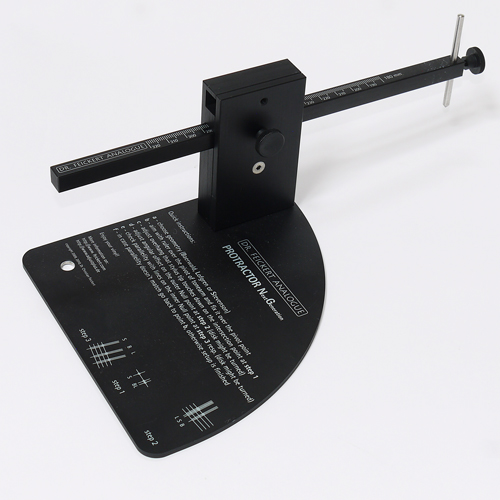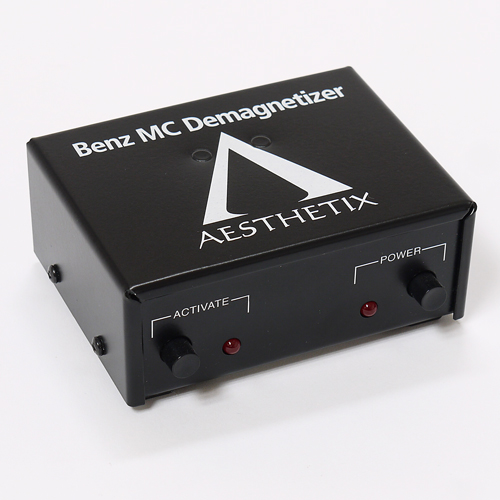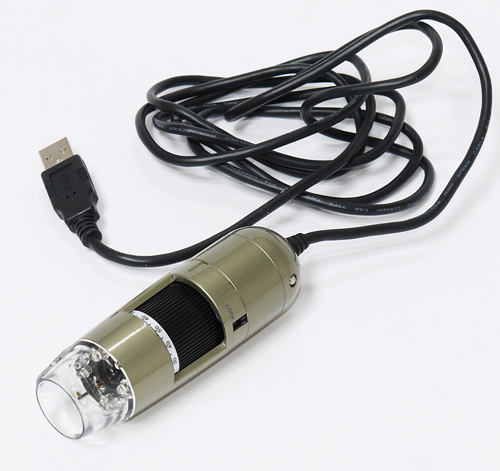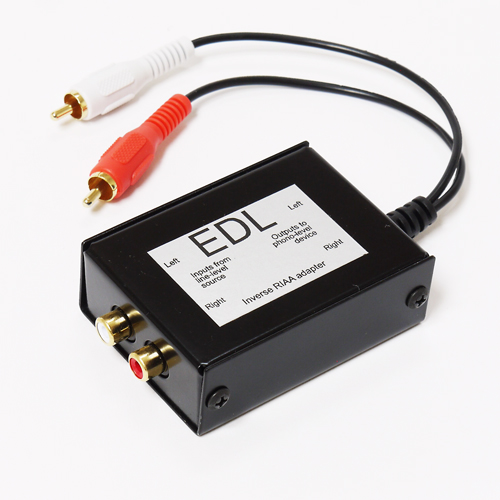Taking It to the Next Level: Toolkit Treats That Actually Make a Difference
Alignment protractor - A really good universal protractor like the Feickert will deliver clearly audible benefits. How audible? A few years back, an analog-setup demonstration at RMAF, using a VPI TNT/JMW combination, showed the difference between three identical cartridges, one set up “normally” using the VPI jig, one set up “just so” with the same jig and the third set up using the Feickert protractor. Even under show conditions the differences were shockingly apparent, so yes, not only will a really good protractor make a difference to the ease and precision of your cartridge setup, it’s a difference that will be clearly audible. The Feickert is the current darling of the analog community. It is simple to use and allows selection of Lofgren, Baerwald or Stevenson tracing curves. It is also genuinely universal, easily accommodating any 'arm, from 9” to 12”. In fact, it is capable of working with any 'arm from 8.6” to a whopping 17.7” -- and you just know that someone, somewhere is working on something out around that length! In the context of a $1000 turntable, a $250 protractor makes no sense, but once you are talking about a $1000 cartridge, the cost/benefit relationship changes significantly. However, an even
more extravagant contender has recently emerged -- the Cartridge demagnetizer – This clever device banishes residual magnetic fields from inside your MC cartridge’s generator -- just don’t use it with a moving-magnet! Once you’ve heard the results, you’ll quickly label this accessory a necessity. Once again, the cost/benefit equation will be determined by the value of your cartridge. Magnification – In many ways, the biggest challenge when it comes to aligning cartridges is as simple as seeing what you are doing: essentially you are trying to accurately position a tiny jewel that you can hardly see, that’s attached to the end of a stick and often as not tucked under the body of the generator! Good light is essential, but simply magnifying the problem is a huge help -- even if it does make clear just how crude your attempts at tiny adjustments really are. The simplest solution is a compact magnifier or loupe, as sold by photographic stores for looking at print quality. These self-standing devices make cartridge alignment significantly easier (and thus more accurate) without costing a fortune. In fact, the SMARTractor incorporates one into its structure. The more sophisticated but harder-to-use alternative is a USB microscope. These handy little devices have revolutionized cartridge alignment. For those who are unfamiliar with them, they consist of a small hand-holdable unit that can be connected to a laptop computer’s USB input, displaying pictures on the computer screen. You will need a model with a focusing distance in the 5cm (2”) range, one example being the popular DinoLite AM4113TL. For best results you’ll also need a stand with separate horizontal and vertical movement as well as angle of view (similar to the lab stands used for chemistry experiments). Once you have a functioning USB microscope you can start to really see what is happening. You no longer need to guess when the stylus is on the reference point of the protractor. You can actually see exactly where it is within the crossed lines themselves, as well as being able to view azimuth and measure SRA (stylus rake angle). Setting the position of cartridges is a precision task and the USB microscope is possibly the ultimate precision tool for achieving optimum results. Burn-in tools – These are available for cartridges, tonearms and phono stages -- you just need to know where to look. Cartridges require a pink-noise locked groove. This is available on various test records, but the one we use comes from Clearaudio -- their Cartridge Break-In and Test Record [BIN 0770904]. Tonearm cables really benefit from the application of an external burn-in device. The signals they pass on a day-to-day basis are so small that we suspect that the wiring in many tonearms never achieves optimum performance. RCA-to-RCA leads can be burned in normally, but the internal wiring is another matter. The easiest solution is to buy or build an adapter that allows you to connect a CD player output to the input wires at the headshell end of the tonearm. Soundsmith produce just such a device, or you can make your own using a defunct cartridge. Then, simply hook the 'arm up to a CD source set to repeat and connect the tonearm leads to an amplifier line input. Just don’t leave them connected to your phono stage! Phono stages require a different approach, because the input signal level is so low. You could use the pink-noise track employed to burn-in cartridges, but that will introduce significant wear on your stylus. The more elegant alternative is a reverse-RIAA adapter, available from KAB amongst others. This neat little box was designed to allow the connection of an additional line-level source to a redundant phono input, a requirement arising from the early days of CD when many preamplifiers only offered a couple of line-level connections. The reverse-RIAA box takes the output of a CD player and reduces it in level as well as applying the necessary RIAA EQ to mimic the signal coming off of a record. Not only does this make it possible to burn in a phono stage with a CD player set on repeat, you can also use a dedicated burn-in track as well.
|




